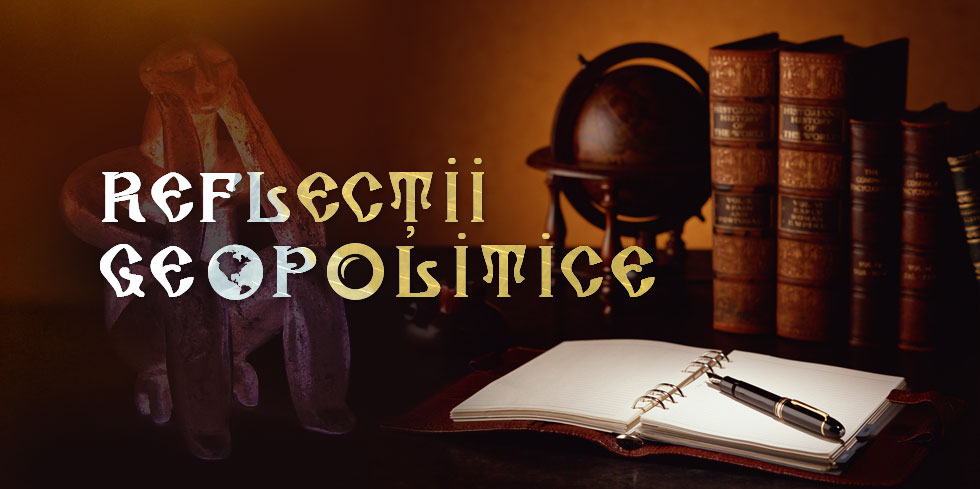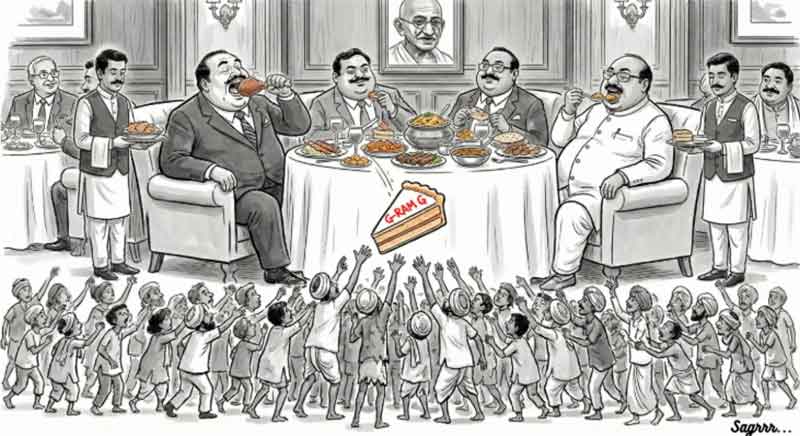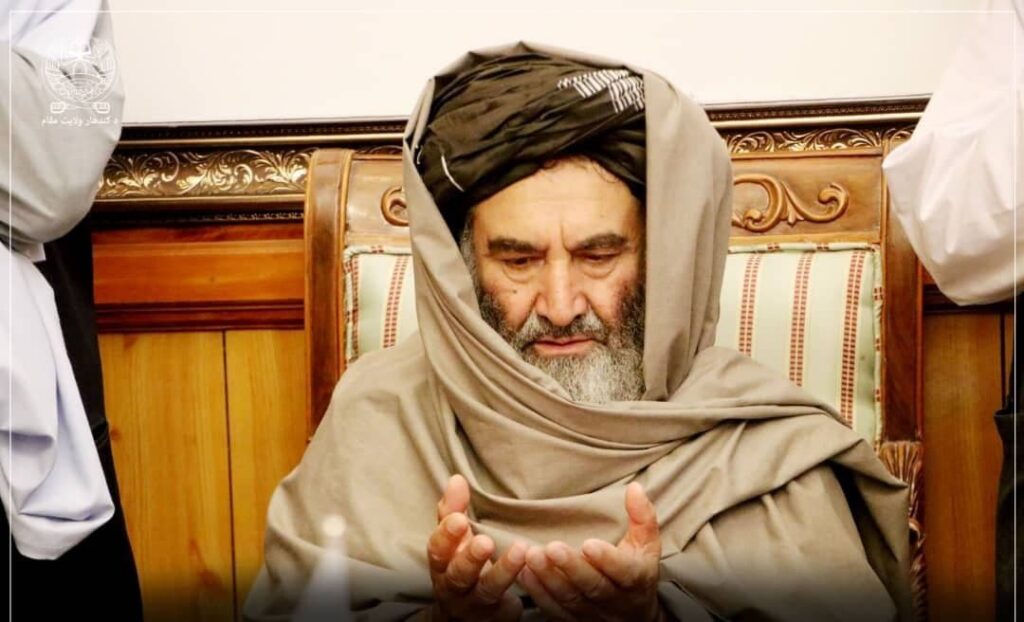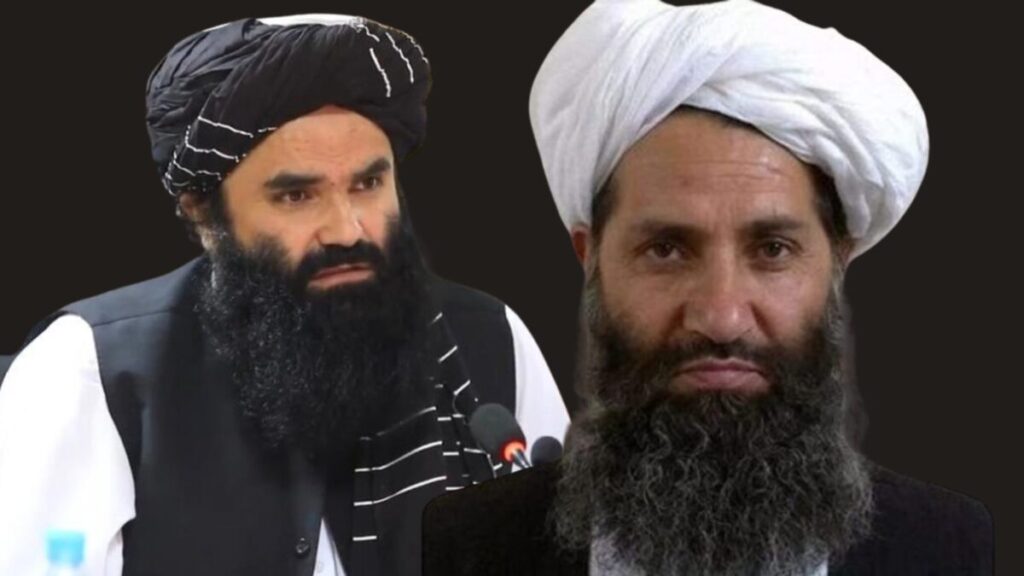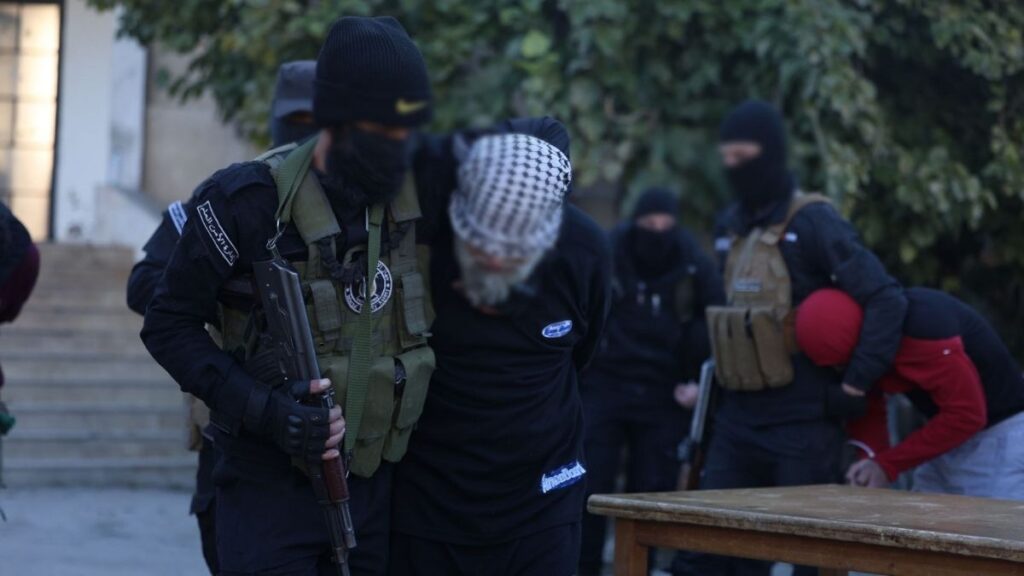Shin Bet detains Russian foreign worker for spying for Iran, taking photos of infrastructure
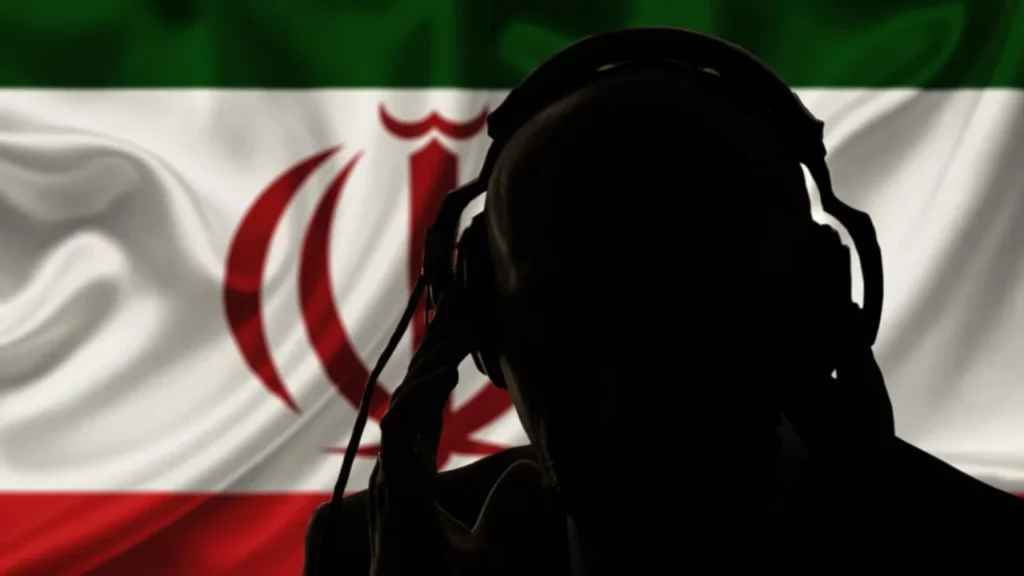
Vitaly Zvyagnitsev, a 30-year-old Russian citizen who arrived in Israel with a foreign worker permit, was arrested in early December 2025 on suspicion of maintaining contact with Iranian operatives.
A Russian citizen was arrested for sending pictures of ports, ships, and infrastructure in Israel to Iranian intelligence elements, the Shin Bet (Israel Security Agency) and MALMAB (Director of Security of the Defense Establishment) announced on Friday.
